Dive into the fascinating world of plants with our curated plant database, a hub of knowledge featuring a wide array of plant species. From vibrant blooms to rare specimens, explore the intricate details and diverse characteristics of the plant kingdom.
Phormium colensoi FIT01
Carex testacea
Carex comans 'Frosted Curls'
Carex Morrowii 'Ice Dance'
Carex oshimensis 'EverColor Everglow'
Carex siderosticha 'Banana Boat'
Sedges, belonging to the genus Carex, are a diverse and versatile group of grass-like plants often found in a wide range of habitats, from moist woodlands to dry prairies. These plants are increasingly popular in gardens and landscapes for their varied textures, colors, and ability to thrive in challenging conditions where many other plants might struggle.
The sedge plant is characterized by its clump-forming habit and grass-like appearance. However, unlike true grasses, sedges typically have triangular stems and their leaves are arranged in three ranks, giving them a distinct look. Many sedges are valued for their foliage, which can vary from fine and delicate to broad and striking, and in colors from bright green to bronze and variegated.
Carex, the genus name for sedges, encompasses a vast array of species and cultivars, making them suitable for a variety of landscape uses. Some are excellent for ground covers, while others work well in borders, rain gardens, or as accents in mixed plantings. They are particularly useful in areas with wet soil, but many varieties are also drought-tolerant once established.
Carex grayi, commonly known as Mace sedge or Morning star sedge, is a notable species. It’s known for its unique, star-shaped seed heads that resemble medieval maces or morning stars. These seed heads add an interesting visual element to the garden and can be used in floral arrangements. Carex grayi thrives in moist, fertile soil and is particularly well-suited for planting near ponds or in rain gardens.
Sedges are generally low-maintenance plants. They do not typically require fertilization and are relatively disease and pest-free. Some varieties can spread by rhizomes or self-seeding, so it’s important to choose the right species or cultivar for your garden to manage their growth.
The adaptability of sedges to different light conditions – from full sun to deep shade – makes them a versatile choice for gardeners. For example, some Carex species prefer the shady conditions of woodland settings, while others are well-suited for sunny areas.
In summary, sedges, including the various Carex species, are a valuable addition to the garden for their adaptability, low maintenance, and interesting textures and forms. They offer solutions for challenging garden areas, such as wet soils or deep shade, and add interest with their unique foliage and seed heads. From ground covers to accent plants, sedges can play various roles in garden designs, adding beauty and functionality to the landscape.
Sign up below to get exclusive deals, discounts, and new plant collections—delivered straight to your inbox! Plus, stay inspired with the latest gardening tips, landscaping trends, and DIY garden ideas. Start growing with us today!
A big thank you for subscribing to the PBN Design newsletter.
We're thrilled to have you join our community. Get ready for exciting updates, insightful content, and more delivered straight to your inbox.
Stay tuned!
Go back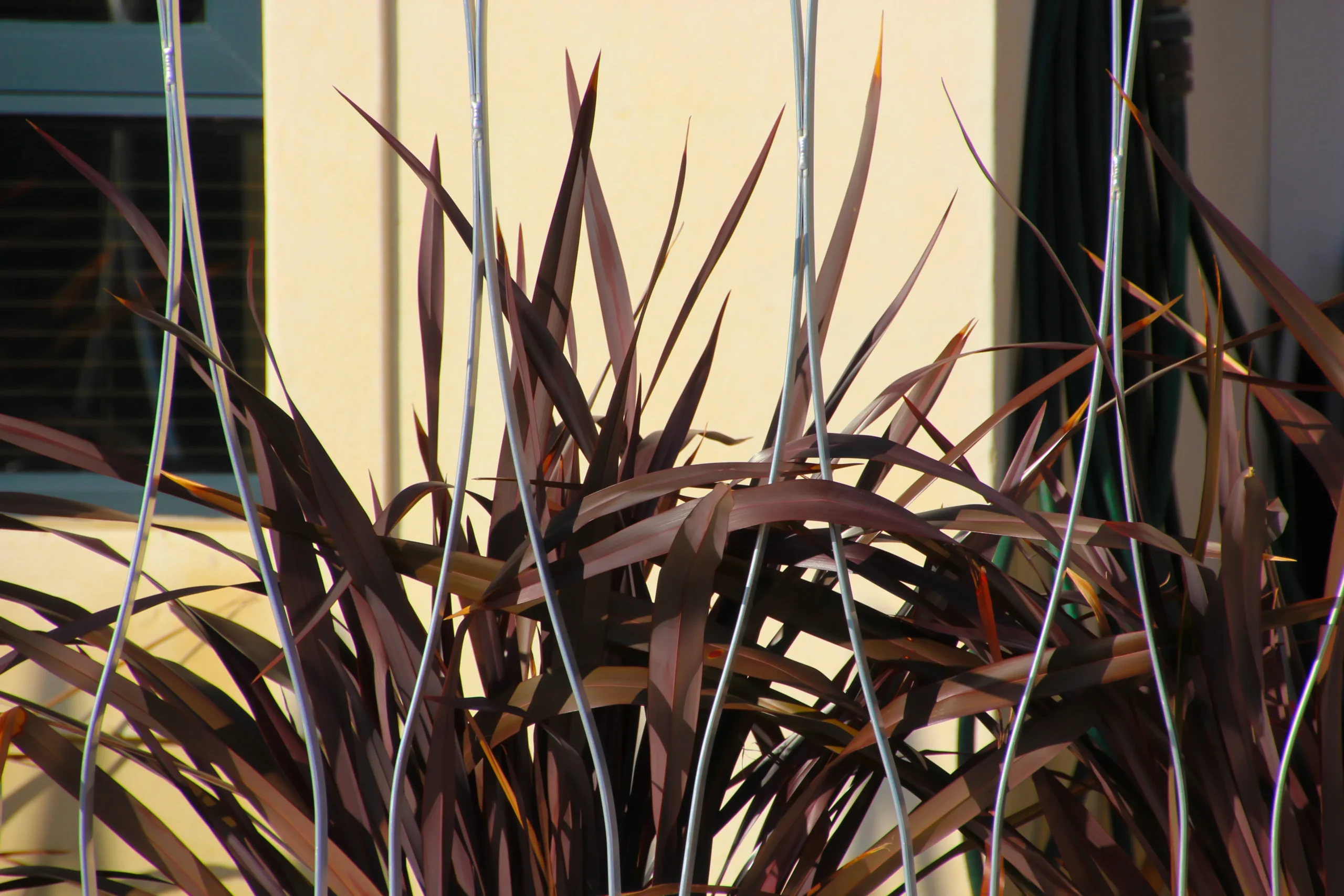
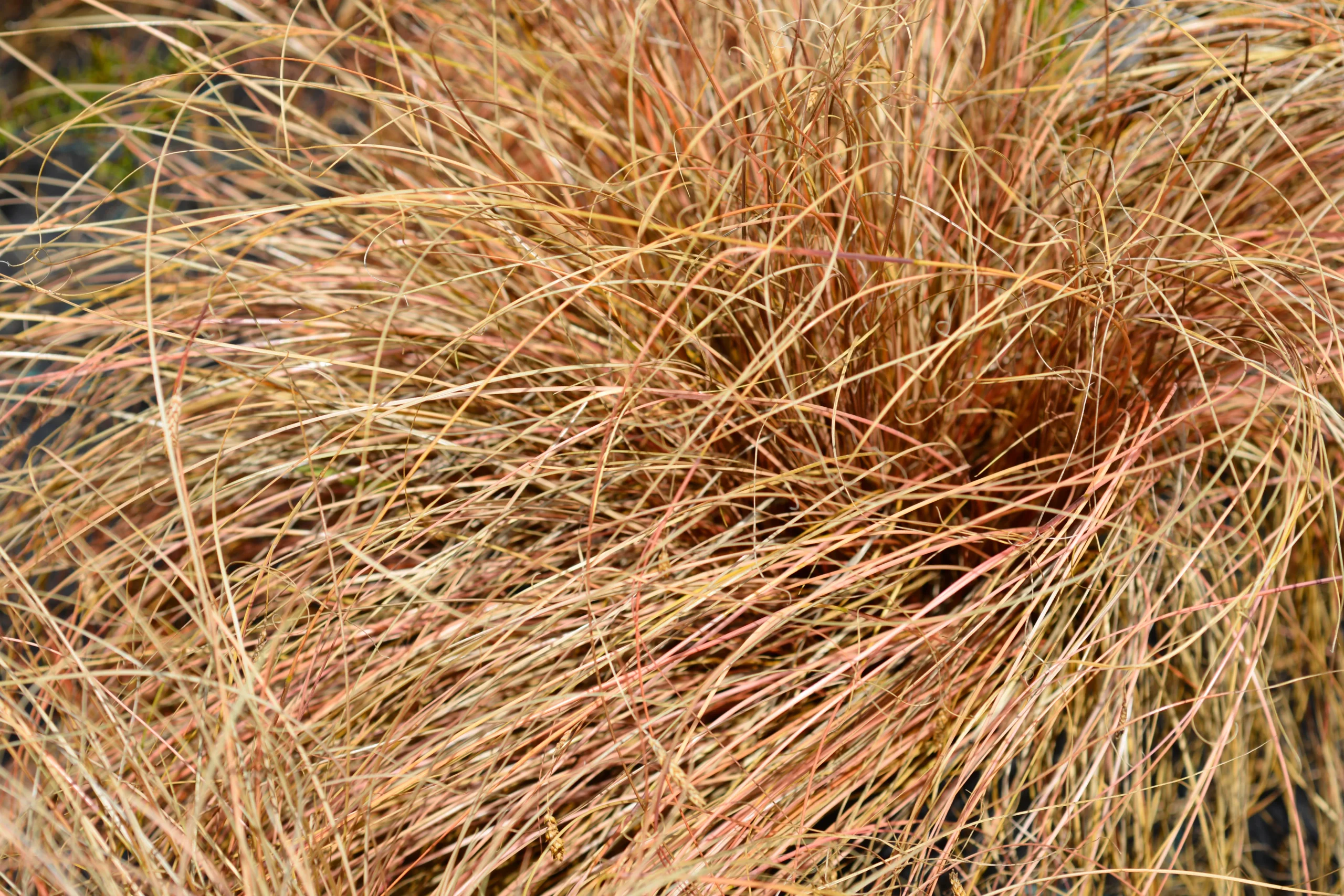
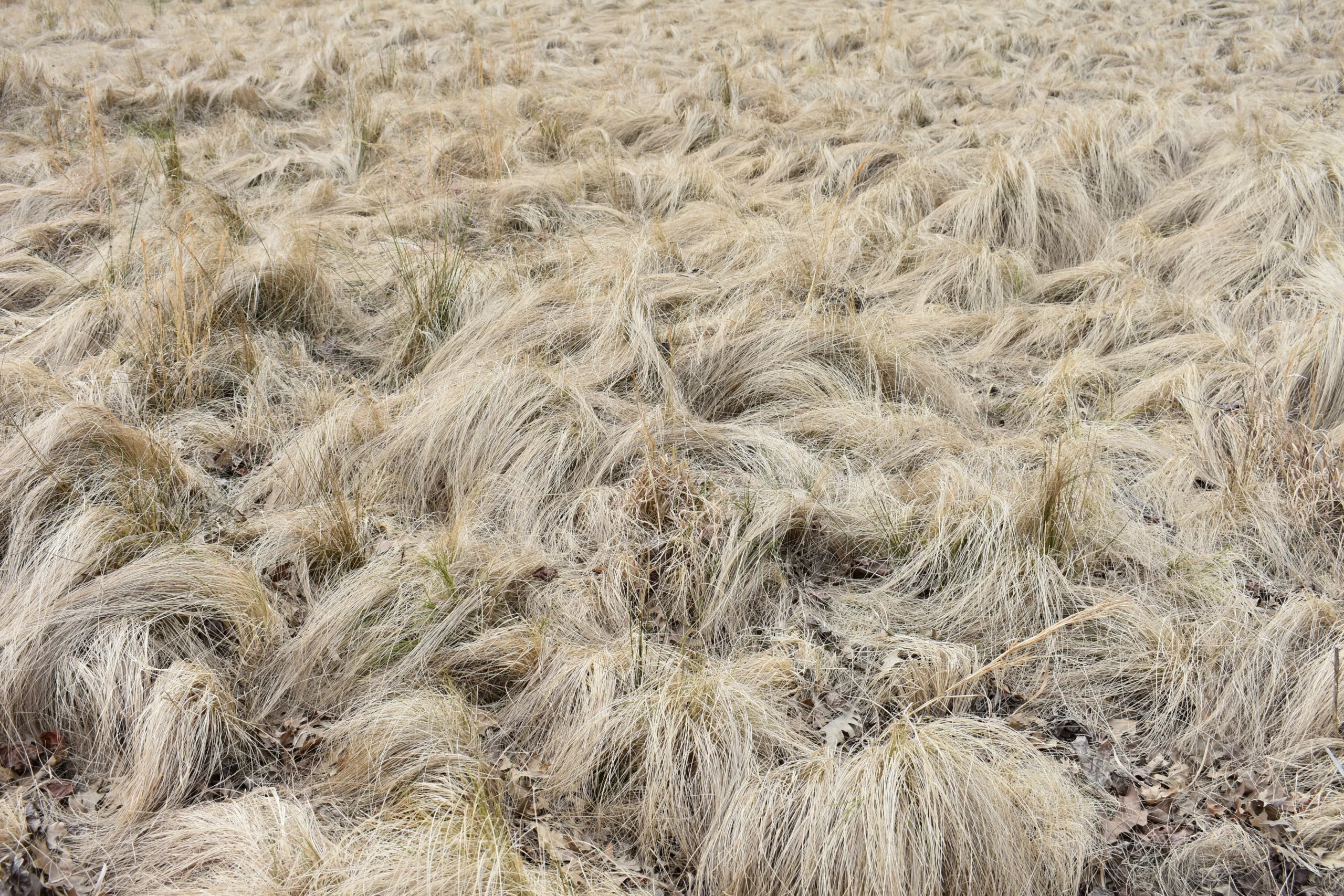
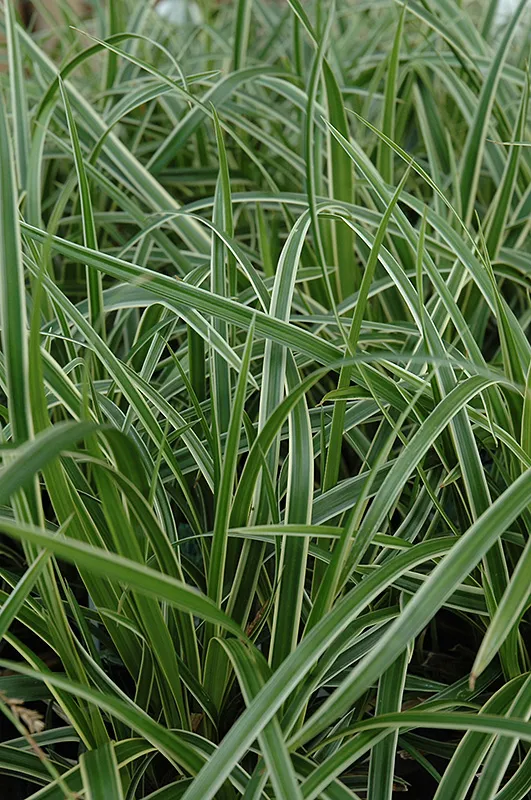

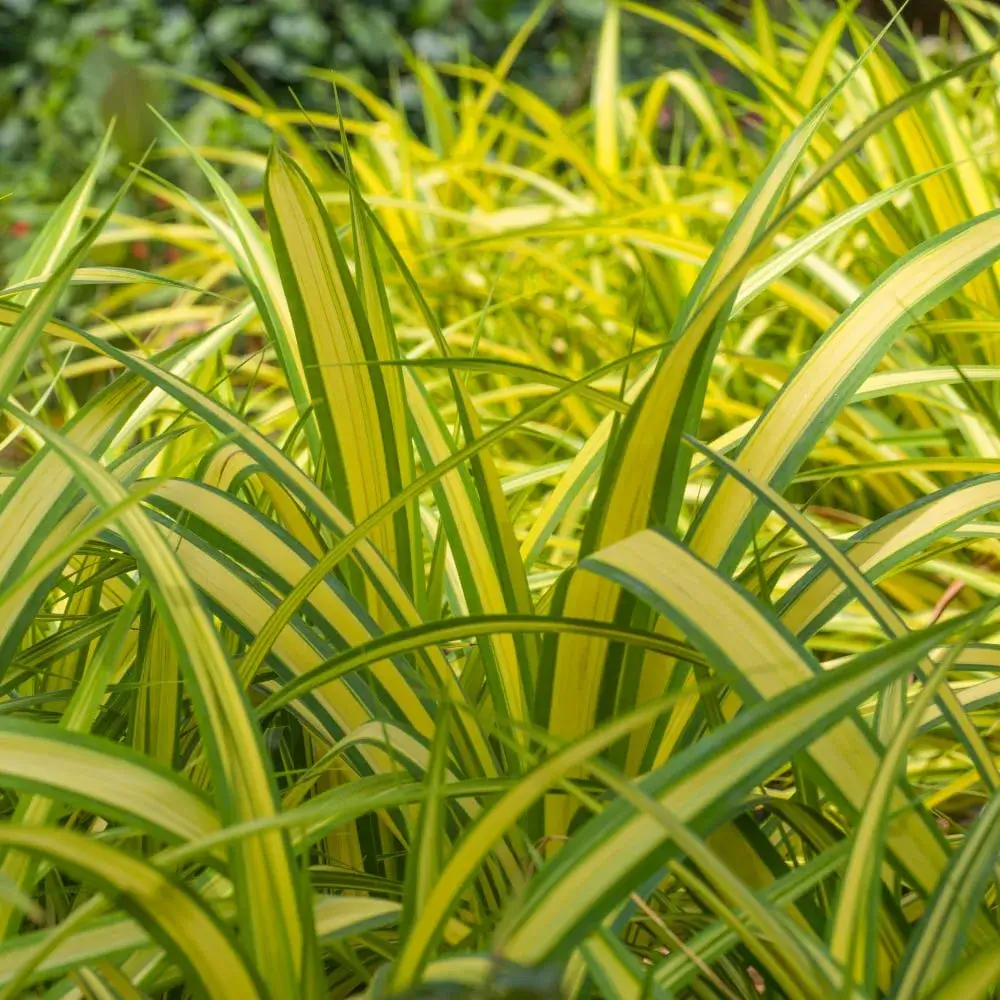
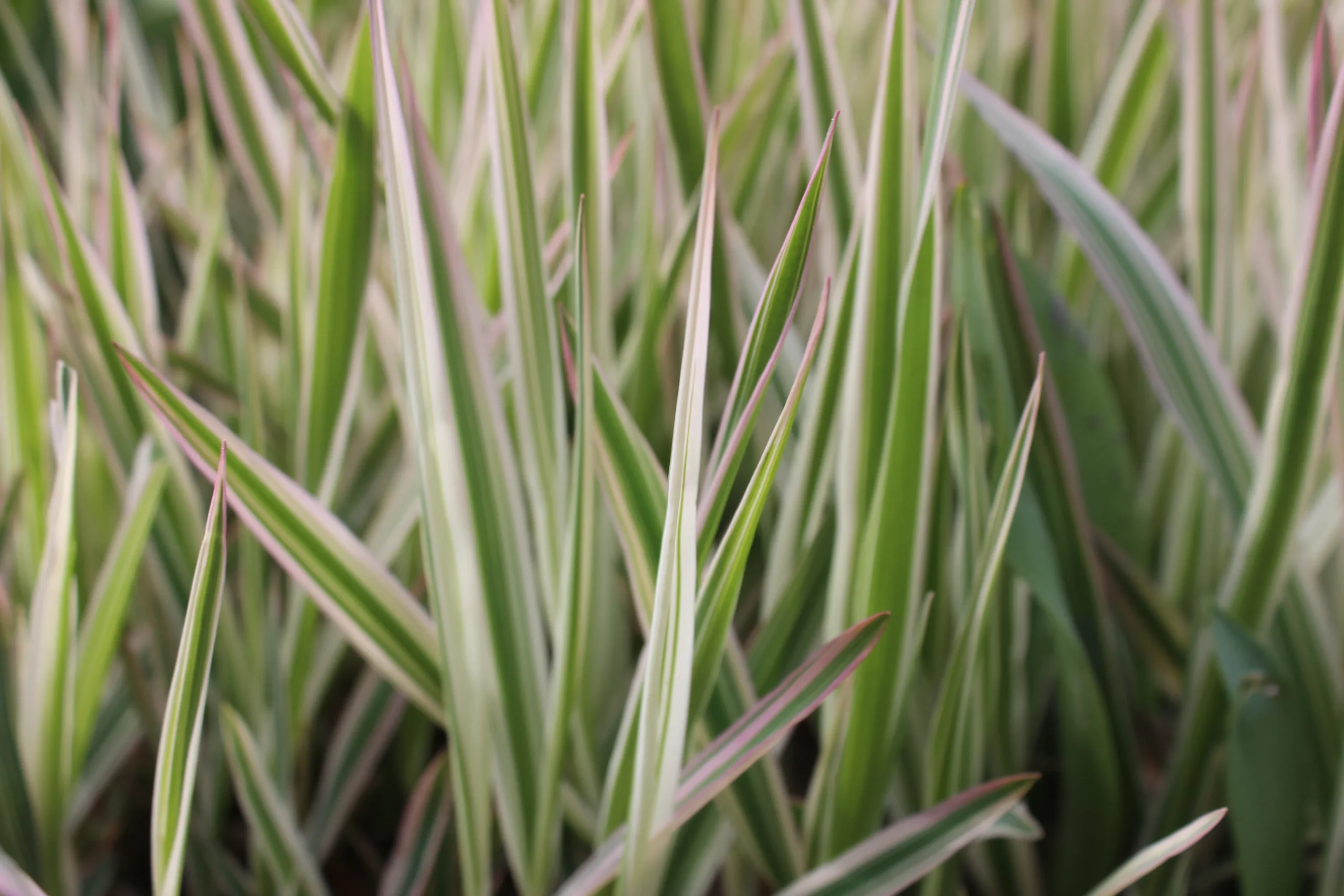;)
